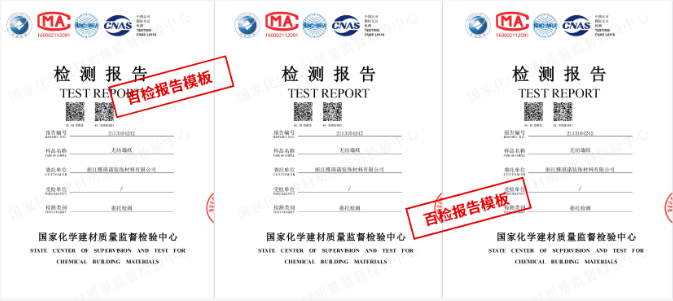
本文主要列举了关于室内照明工程的相关检测方法,检测方法仅供参考,如果您想针对自己的样品定制试验方案,可以咨询我们。
1. Photometric Testing: This method is used to measure the light output of a lighting fixture or system, providing information on illuminance, luminous intensity, and other important parameters.
2. Color Rendering Index (CRI) Testing: CRI testing assesses the ability of a light source to accurately reveal the colors of objects, which is crucial for indoor lighting applications.
3. Energy Efficiency Testing: This testing method evaluates the energy consumption of lighting systems and helps identify opportunities for energy savings and cost reduction.
4. Flicker Testing: Flicker testing is conducted to measure the flicker frequency and percentage of lighting fixtures, which can impact human health and comfort.
5. Photobiological Safety Testing: This method assesses the potential risks of exposure to light sources on human health, including risks related to UV and blue light.
6. Uniformity Testing: Uniformity testing evaluates the evenness of light distribution in a space, ensuring that there are no glaring or dim areas.
7. Temperature Testing: This testing method measures the operating temperature of lighting fixtures to ensure they meet safety standards and performance requirements.
8. Impact Resistance Testing: Impact resistance testing assesses the resilience of lighting fixtures against physical impacts, helping to ensure their durability and safety.
9. Dimming Performance Testing: Dimming performance testing evaluates the ability of lighting systems to accurately and smoothly dim, providing flexibility in indoor lighting control.
10. Fire Safety Testing: Fire safety testing assesses the flammability and fire resistance of lighting materials to prevent fire hazards in indoor environments.
11. Light Distribution Testing: This method measures the pattern and uniformity of light distribution from a lighting fixture, ensuring optimal lighting coverage in indoor spaces.
12. Glare Testing: Glare testing assesses the amount of uncomfortable glare produced by lighting fixtures, which can affect visual comfort and productivity in indoor settings.
13. LED Testing: LED testing evaluates the performance, efficiency, color quality, and reliability of LED lighting products, which are commonly used in indoor lighting applications.
14. Noise Testing: Noise testing measures the acoustic emissions of lighting systems to ensure they operate quietly and do not cause any disturbances in indoor spaces.
15. Photometry Testing: Photometry testing analyzes the light output characteristics of lighting fixtures, providing data on luminous flux, intensity, and distribution for indoor lighting design.
16. Power Quality Testing: Power quality testing assesses the electrical characteristics of lighting systems, including voltage, current, and frequency stability, to ensure reliable and efficient operation.
17. Remote Control Testing: This testing method evaluates the functionality and reliability of remote control systems used for adjusting indoor lighting settings wirelessly.
18. Spectral Power Distribution Testing: Spectral power distribution testing analyzes the spectral content of light emitted by lighting sources, providing insights into color quality and energy efficiency.
19. Thermal Testing: Thermal testing evaluates the heat dissipation characteristics of lighting fixtures to prevent overheating and ensure long-term performance and safety.
20. Weather Resistance Testing: Weather resistance testing assesses the ability of outdoor lighting fixtures to withstand environmental factors such as moisture, temperature fluctuations, and UV exposure.
检测流程步骤

温馨提示:以上内容仅供参考使用,更多检测需求请咨询客服。


